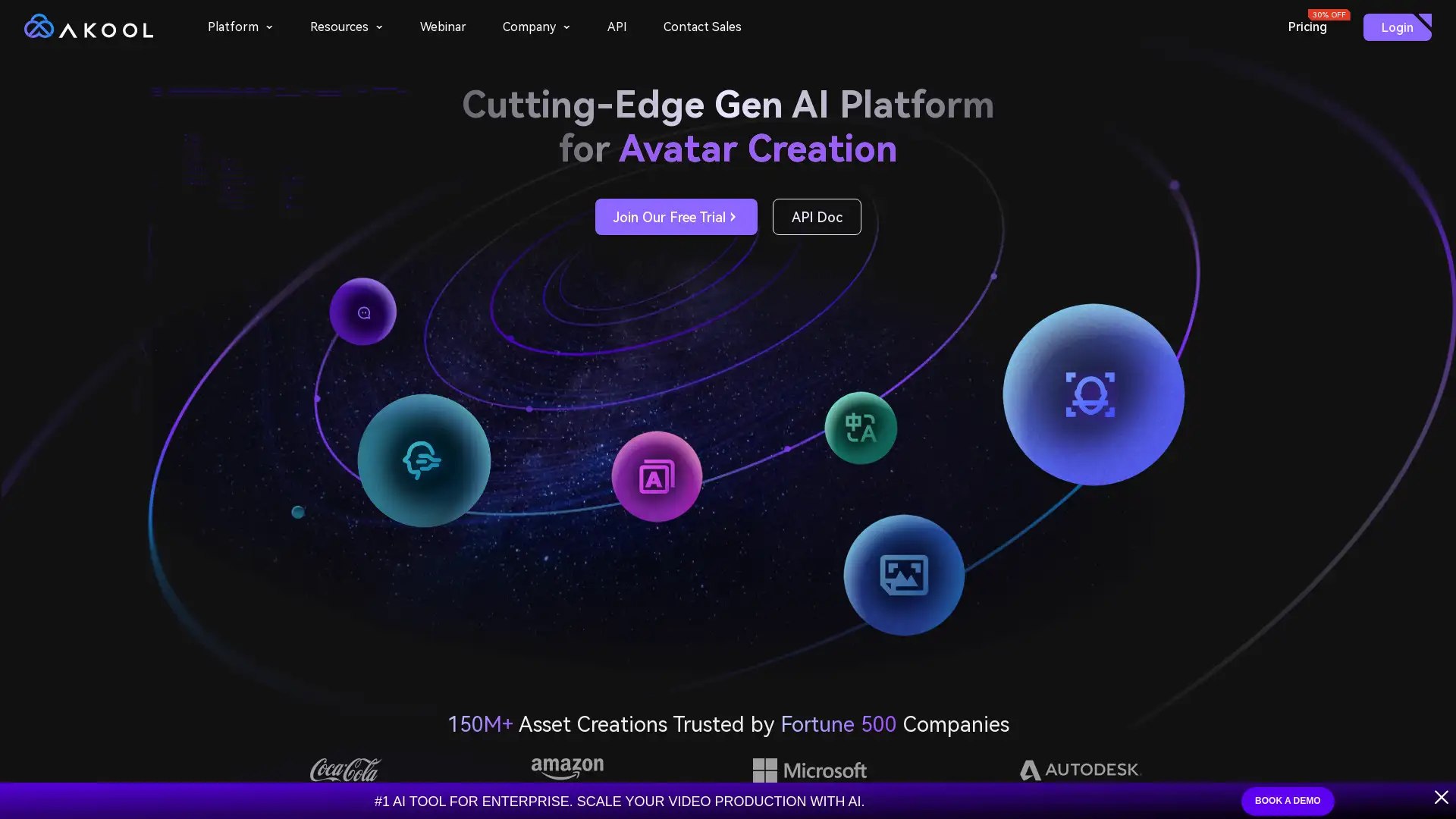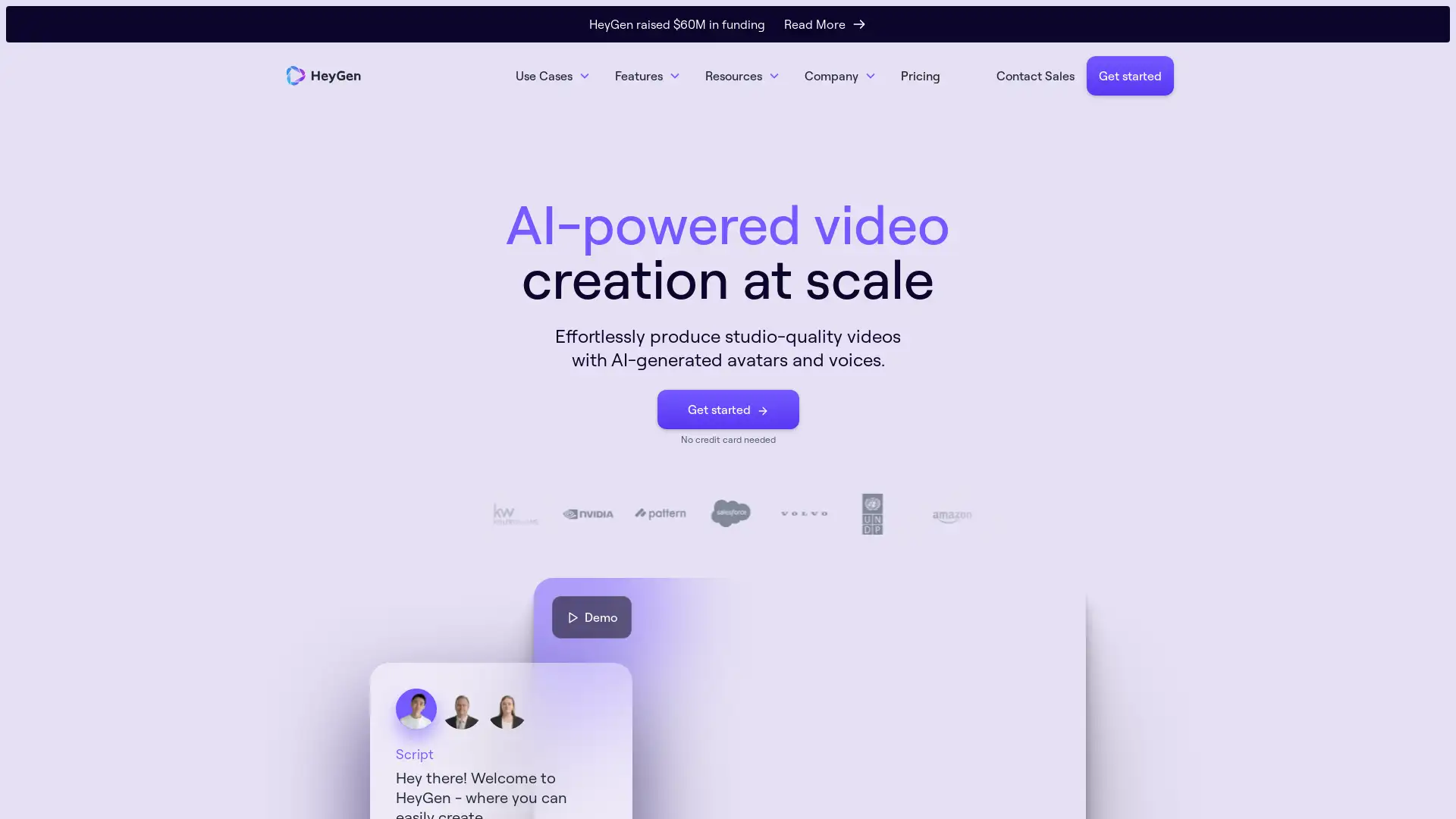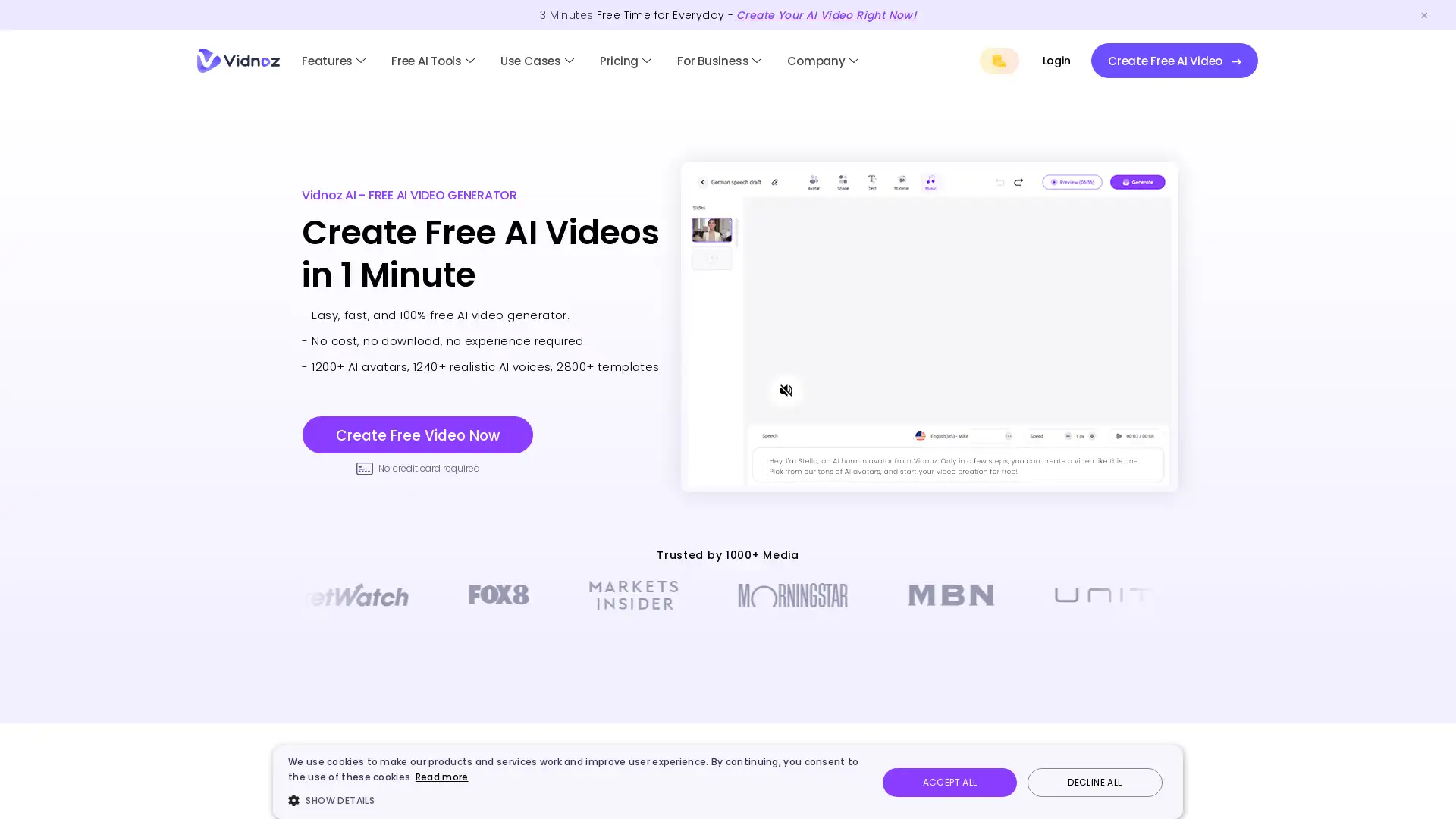Best 5 AI Tools for Video Translation in 2024
Synthesia AI, Akool AI, Heygen AI, Dupdub, Vidnoz are among the best paid and free Video Translation tools available.
What Are AI Tools for Video Translation?
AI tools for Video Translation are software solutions that use artificial intelligence to automatically translate spoken or written content in videos into different languages. These tools enable seamless translation, voiceovers, and subtitles to make multimedia content accessible to global audiences. By leveraging AI, they significantly reduce the time and cost associated with traditional video translation methods and are designed to simplify the process of creating multilingual content across various platforms.
Core Features of AI Tools for Video Translation
These tools offer a wide array of features that make video translation more efficient and accurate. Core functionalities include real-time translation of audio and video content, automatic subtitle generation, and AI-powered voiceovers. Some tools allow for avatar creation in different languages, support multiple video formats, and offer customization for specific language nuances. Advanced tools also integrate machine learning to continuously improve translation accuracy and naturalness, while offering user-friendly interfaces for both beginners and professionals.
Who Benefits from AI Tools for Video Translation?
AI tools for Video Translation are designed for content creators, marketers, educators, and businesses aiming to reach a global audience. They are accessible to novices with no coding skills, thanks to intuitive interfaces, while offering more advanced customization options for developers and professionals looking to integrate AI into their existing workflows. These tools are especially beneficial for individuals or companies producing video content in multiple languages, such as e-learning platforms, international marketing campaigns, or global entertainment producers.
Additional Insights on AI Video Translation Tools
AI video translation tools are not only limited to media and entertainment industries; they are widely adopted in education, corporate communication, and e-learning platforms. These tools can integrate smoothly with various video production systems, ensuring ease of use. Their machine learning capabilities allow them to adapt to user preferences, making them more efficient over time. Additionally, many of these tools are cloud-based, allowing for easy collaboration and accessibility from anywhere.




